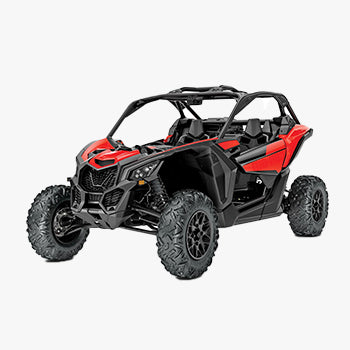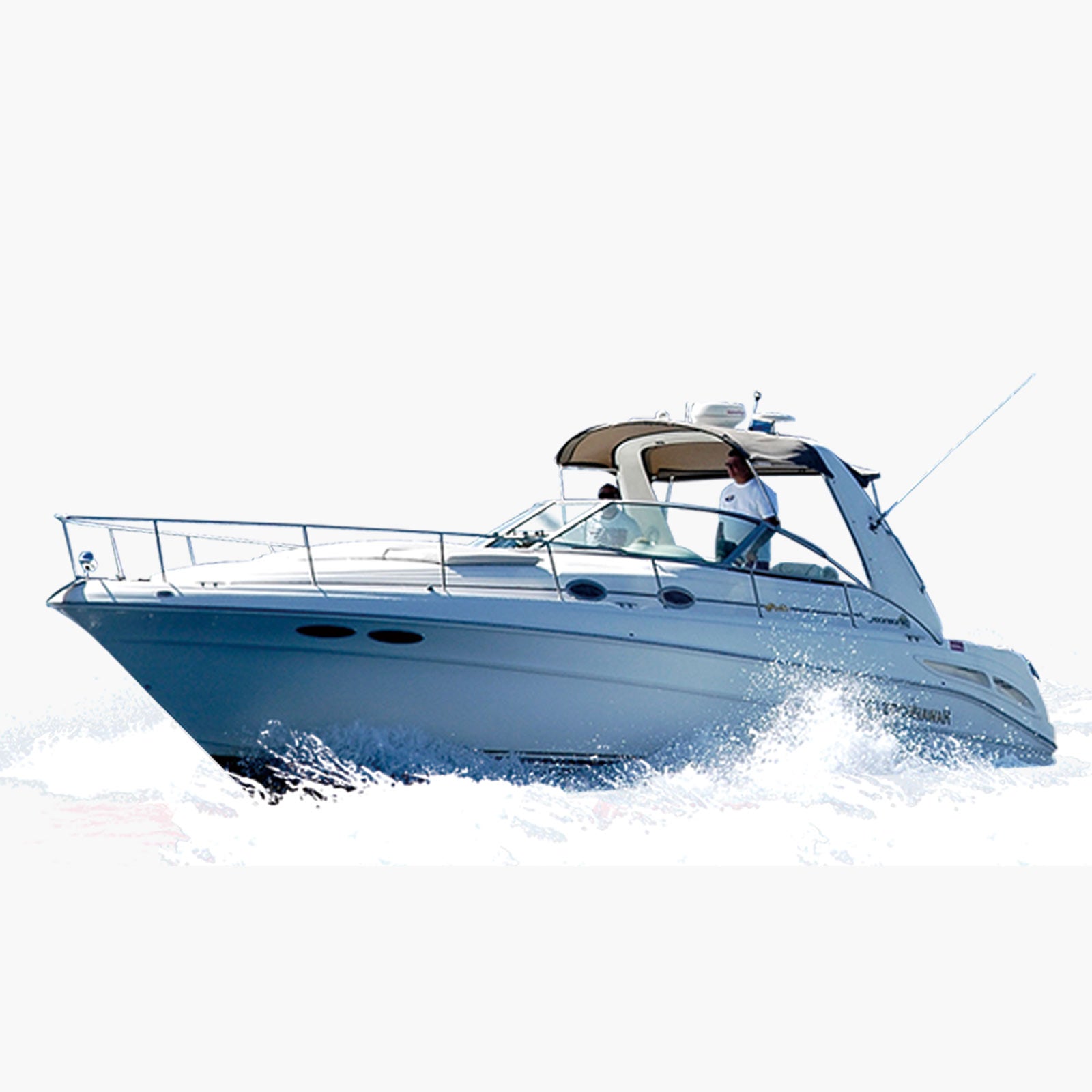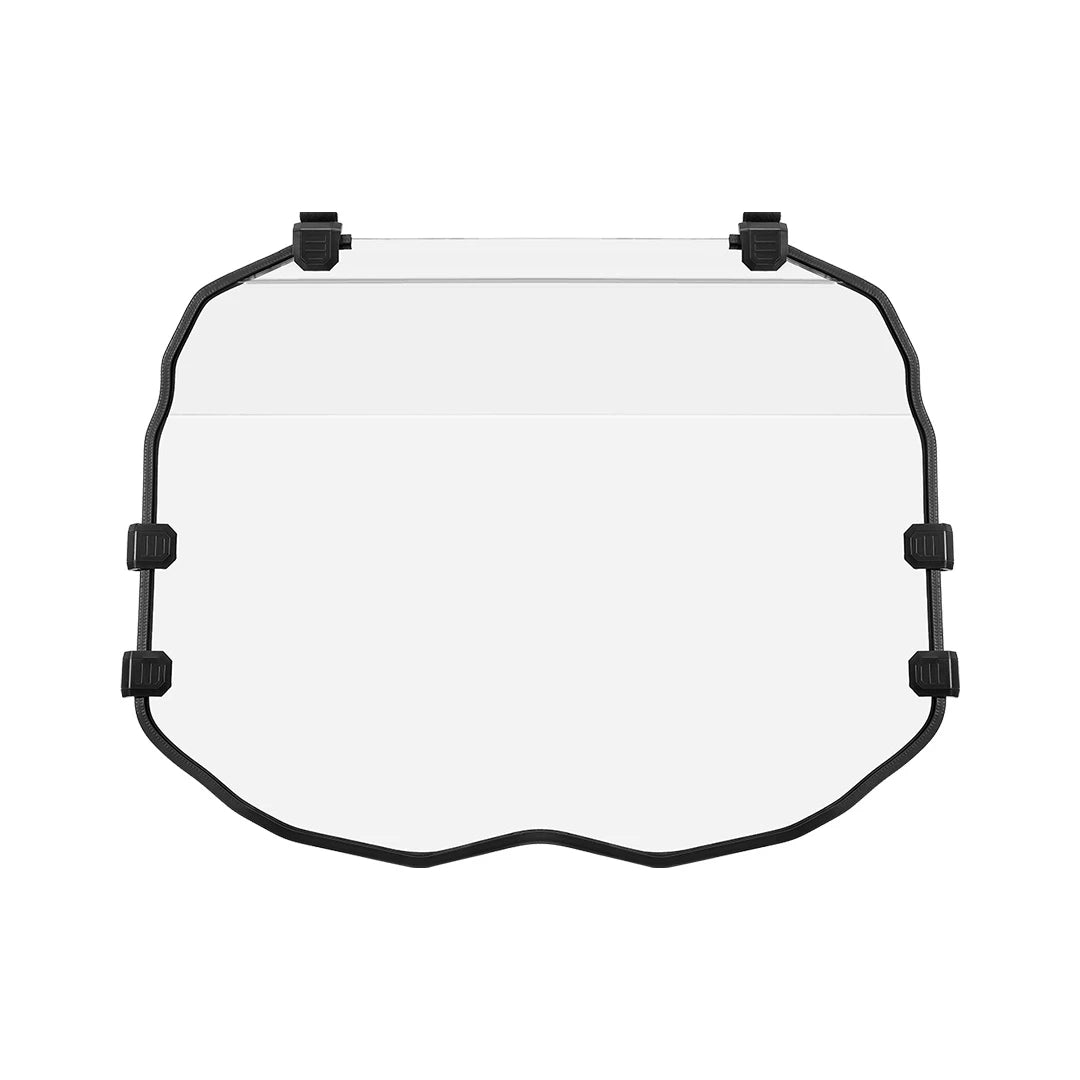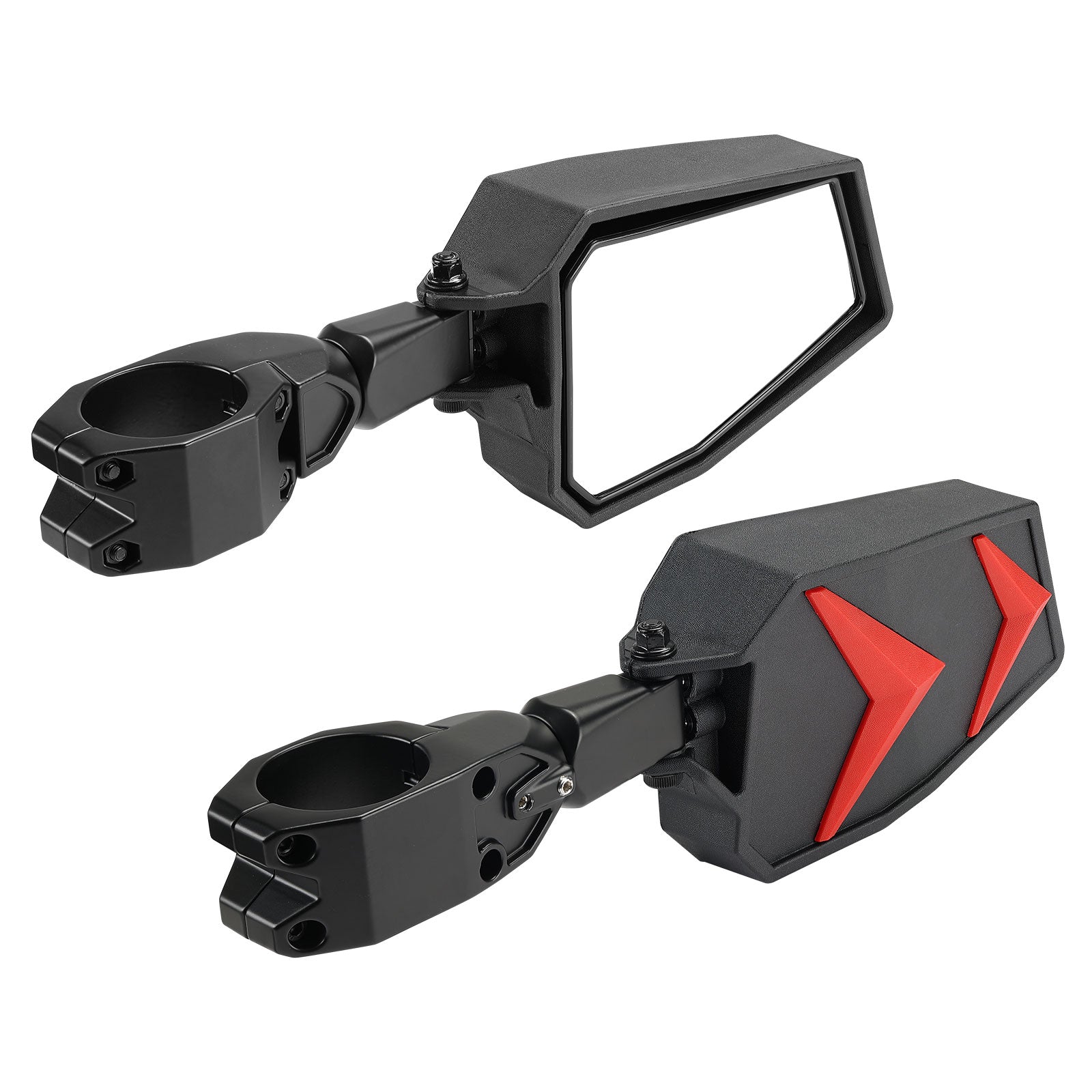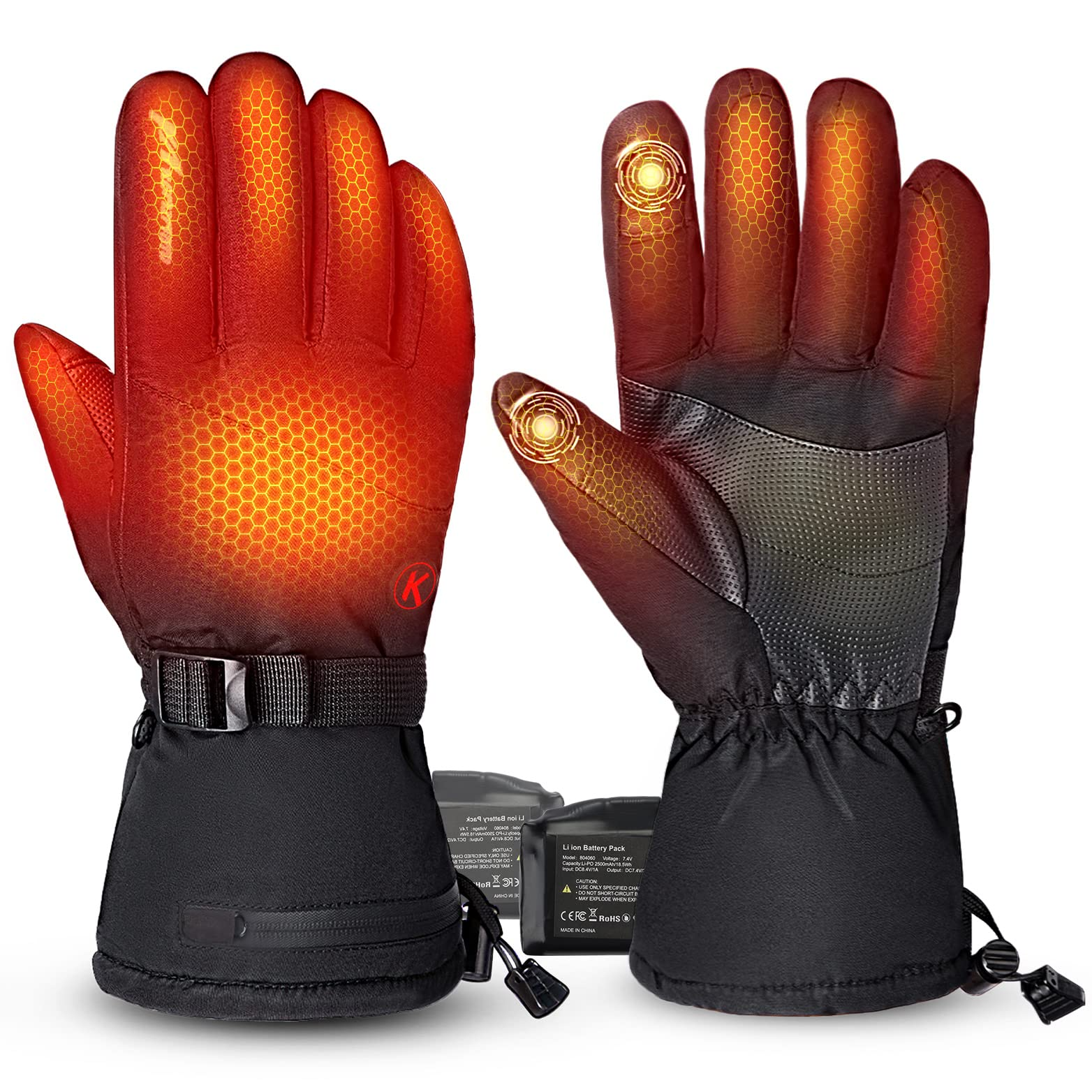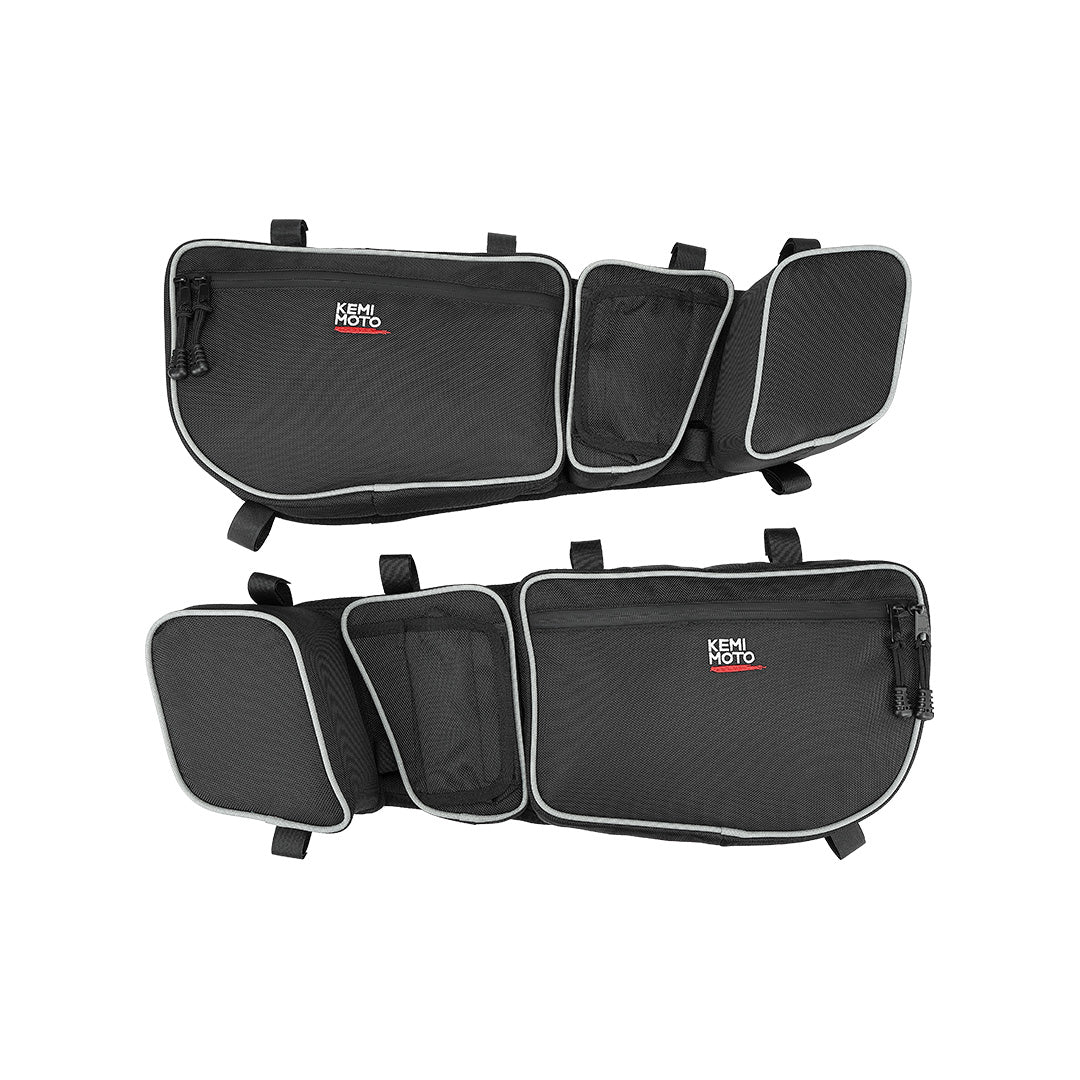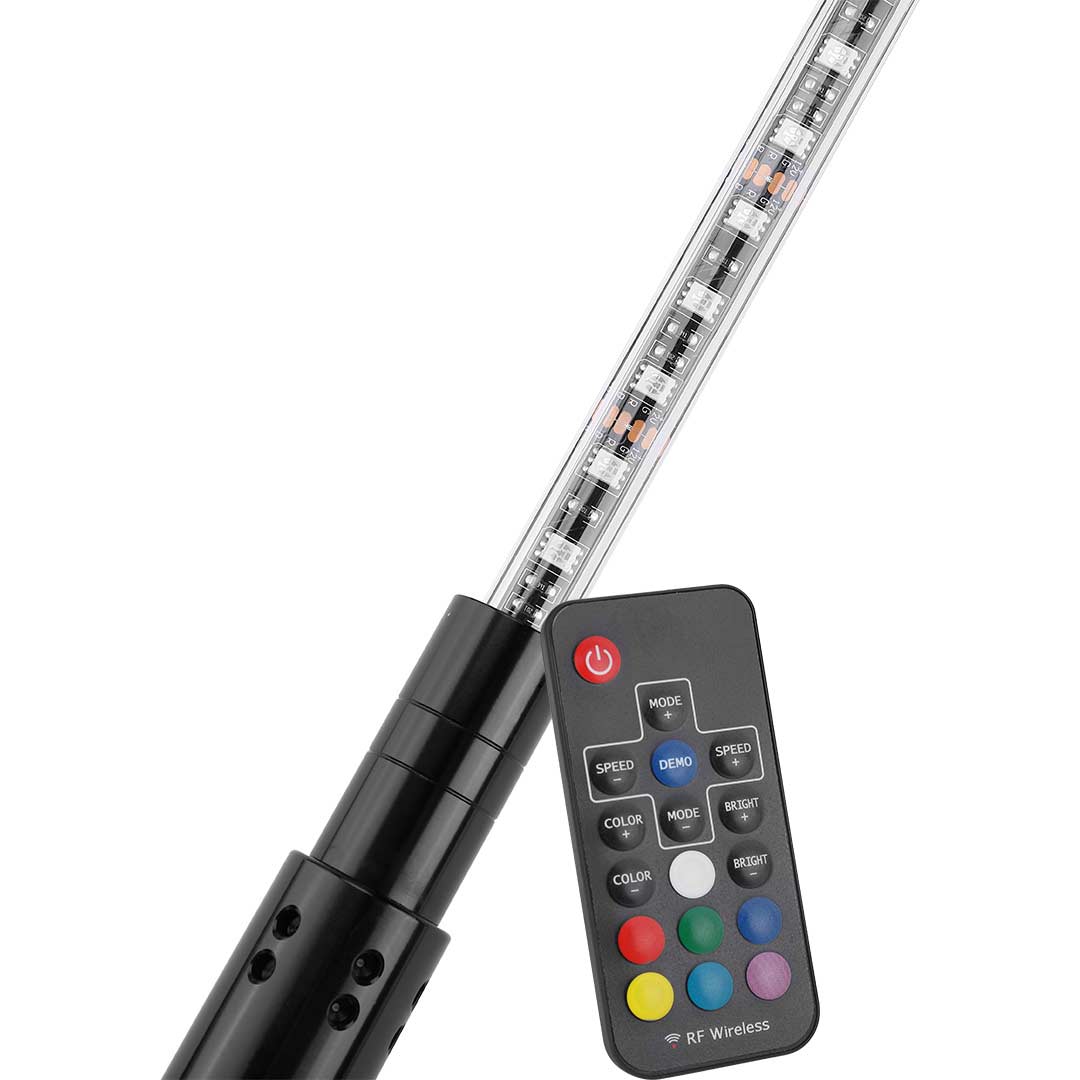The Safety of Heated Vests: Warming Up Without the Worries
With colder weather on the horizon, heated vests are a go-to solution for staying warm without piling on layers. But before you plug in your vest and feel like a cozy marshmallow, you might be wondering: Are heated vests safe to wear? After all, you're walking around with a portable heater strapped to your body, and that could raise some eyebrows.
In this article, we'll dive into the safety features of heated vests, referencing products from Kemimoto to keep you well-informed. From lightweight heated vests for men to thermal reflective heated vests, we’ll clear the air on any potential risks and show how today's heated vests are designed with safety top of mind.
What Are Heated Vests, and How Do They Work?
Heated vests, like those offered by Kemimoto, are garments equipped with built-in heating elements that run on rechargeable batteries. These elements are typically made of carbon fiber, a safe, flexible material that distributes heat evenly across key areas of the vest, such as the chest, back, and sometimes the collar.
By simply pressing a button, you can adjust the temperature to your preference, allowing you to enjoy outdoor activities like hiking, skiing, or even walking the dog without shivering like a popsicle. Vests like Kemimoto’s Lightweight Heated Vest for Men come with multiple heat settings and can keep you toasty for hours on a single charge.

But, the big question remains: Can this modern tech gadgetry safely hug your body with warmth?
Safety First: How Heated Vests Are Designed to Protect You
Kemimoto’s heated vests, whether for men or women, come with a range of built-in safety features that make them safe for everyday use. Here are some of the key safety elements that ensure you stay warm without any hiccups:
- Temperature Regulation & Overheat Protection
The most important safety feature of a heated vest is temperature regulation. Kemimoto’s heated vests are designed with smart sensors that monitor and regulate the vest’s temperature. This means if the vest reaches a certain heat threshold, it automatically shuts off or reduces its heat output to avoid overheating.
For example, the Kemimoto Heated Vest for Women includes three heat settings, allowing users to adjust the temperature depending on how chilly it is. The added overheat protection ensures that if you accidentally crank up the heat too high while sipping hot cocoa, the vest will lower the temperature to a safe level.

- Safe Battery Use
Heated vests typically use rechargeable lithium-ion batteries, widely regarded as safe when used properly. Many of Kemimoto’s heated vests come with certified battery packs designed for prolonged use and safety mechanisms to prevent issues like short circuits, overcharging, or overvoltage.
For instance, the Thermal Reflective Heated Vest for Men and Women comes with a certified battery pack that powers the heating elements without any risk of electrical failure. So, whether you're hitting the slopes or just lounging outside, the vest is equipped to keep you warm without compromising safety.

- Water Resistance
What happens if it starts raining while you’re wearing your heated vest? Or if snowflakes start falling during your winter adventure? Thankfully, most heated vests, including Kemimoto’s products, are made with water-resistant materials to ensure the heating elements are not affected by moisture. While it’s not advisable to take a dip in a pool with your heated vest on (seriously, don’t do that), a little rain or snow won’t harm you or the vest during normal use.
The Lightweight Heated Vest for Men is a great example of a product designed for all-weather use. It's built to handle light rain and snowy conditions without compromising functionality. Plus, it dries quickly—perfect for when the weather has other plans.
- Durability & Safe Construction
Heated vests are constructed with durable materials that can withstand the wear and tear of outdoor activities. The heating elements are also strategically placed in areas where they won't come into direct contact with your skin. This ensures even heat distribution while preventing any localized burns or discomfort.
For example, the Thermal Reflective Heated Vest from Kemimoto uses reflective technology to maximize heat retention and minimize heat loss, so the heating elements don't need to work overtime. This also extends the battery life and further ensures your comfort and safety while using the vest.
Common Misconceptions About Heated Vests
Now that we’ve covered the safety features, let’s debunk a few common myths about heated vests that may have you scratching your head.
Myth #1: "Heated vests can cause burns."
It’s easy to think that something designed to heat you could get too hot, but today’s heated vests are engineered to keep temperatures at safe, controlled levels. The smart sensors built into Kemimoto’s vests ensure that the heat stays within a comfortable range, preventing any risk of burns. Plus, the heat is distributed evenly across the vest to avoid any hot spots.
Myth #2: "Wearing a heated vest could cause an electric shock."
Heated vests run on low-voltage battery packs, meaning the electrical charge is minimal. The vest’s wiring and battery are insulated, ensuring that no electrical currents come into contact with your body. As long as you're using the vest as intended, the risk of electric shock is virtually non-existent.
Myth #3: "Heated vests can’t be washed."
While it’s not advisable to throw your heated vest into the washing machine along with your gym socks, many heated vests, including Kemimoto’s, are machine washable. You just need to remove the battery pack and follow the care instructions. Most vests are designed to be hand-washed or machine-washed on a gentle cycle, making them convenient and easy to maintain.
When NOT to Wear a Heated Vest
Though heated vests are generally safe, there are a few scenarios where caution is warranted. Here’s a quick list of when it’s best to avoid using your heated vest:
- While sleeping: Prolonged use during sleep is not recommended. Heated vests are best used while you’re awake and active.
- Near open flames: Don’t wear your heated vest while roasting marshmallows over an open fire. Heated clothing and flames are not a good mix.
- With specific medical conditions: If you have a pacemaker or other electronic medical devices, consult with your doctor before using a heated vest.
Final Thoughts: Are Heated Vests Safe?
In short, yes! Heated vests are designed with multiple safety features that make them reliable, comfortable, and convenient for cold-weather adventures. Brands like Kemimoto have taken the extra steps to ensure that their vests, whether the Lightweight Heated Vest for Men, Heated Vest for Women, or Thermal Reflective Heated Vest, are equipped with overheat protection, water resistance, and durable construction.
So, you can stay warm without worry—just remember to follow the care instructions, use the vest as intended, and avoid extreme situations like swimming in it or wearing it to bed. With all these precautions in place, heated vests are a safe and cozy way to brave the cold!
Stay Warm and Stay Safe
The next time you feel the chill creeping in, rest assured that your heated vest has your back—literally! Whether you’re enjoying a brisk hike or just looking to stay warm while running errands, heated clothing from Kemimoto is a safe and stylish choice to keep the cold at bay.
And hey, if you're ever feeling too warm, just remember: turning down the heat is only a button away!


